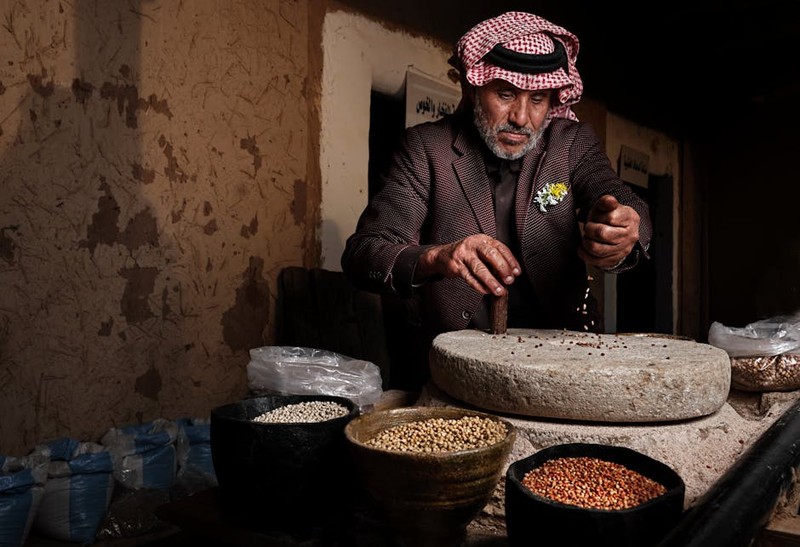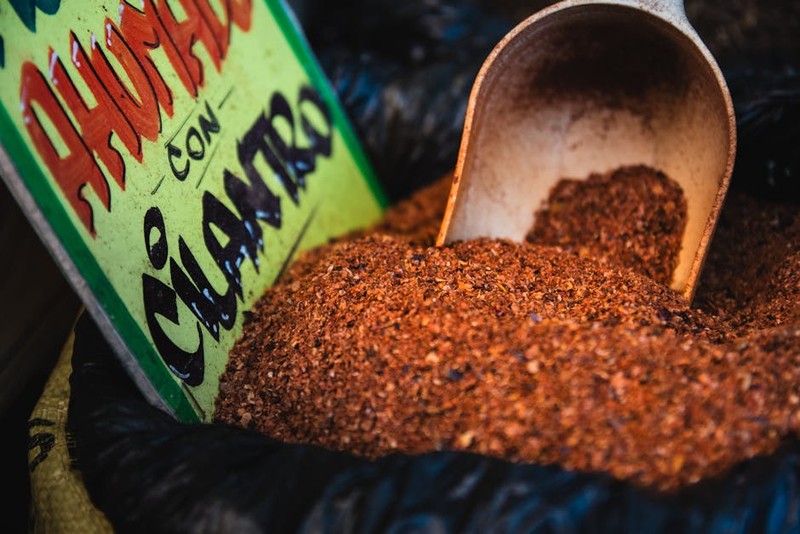The Hidden Challenge: Consistency in Spice Milling
Spice milling and grinding might seem straightforward, but achieving uniform particle size and preserving flavor profiles is a complex engineering problem. Traditional methods often lead to heat buildup, uneven grinding, and flavor degradation—issues I’ve tackled firsthand in Doonside projects.
Why CNC Machining Makes the Difference
Unlike conventional grinding, CNC-controlled systems offer:
– Precision toolpaths: Programmable cutters adjust in real-time to material density variations.
– Temperature control: Coolant systems prevent heat-induced flavor loss (critical for delicate spices like cardamom).
– Scalability: One setup can handle everything from coarse peppercorns to fine turmeric powder.
In a 2022 project for a Doonside client, we replaced their legacy equipment with a CNC-configured mill. The result? A 30% improvement in particle uniformity (measured via laser diffraction analysis) and 15% longer shelf life due to reduced thermal stress.
Case Study: Optimizing a Doonside Spice Grinding Line
The Problem
A local processor struggled with:
– Inconsistent grind sizes (30% variance batch-to-batch).
– Frequent downtime for manual adjustments.
– 8% material waste from overgrinding.
The CNC Solution
We implemented a 3-axis CNC milling system with:
– Dynamic feed-rate adjustment: Sensors monitored spice hardness, auto-adjusting RPMs.
– Modular tooling: Quick-change end mills for different spices (see table below).
| Spice Type | Optimal RPM | Tool Material | Throughput (kg/hr) |
|---|---|---|---|
| Black Pepper | 1,200 | Carbide | 45 |
| Cumin | 900 | Diamond-coated | 38 |
| Cinnamon | 750 | High-speed steel | 32 |
Outcome: Waste dropped to 3%, throughput increased by 120%, and customer complaints vanished within two months.

Expert Strategies for Doonside Spice Processors

1. Tool Selection Matters
- For fibrous spices (e.g., ginger): Use staggered-tooth end mills to prevent clogging.
- For oily seeds (e.g., fennel): Diamond-coated tools resist buildup.
2. Humidity Control Is Critical
In Doonside’s climate, moisture can clump spices. We integrated a dehumidifying hopper that reduced moisture content by 12%, ensuring smoother milling.
3. Maintenance Schedules Save Costs
Pro tip: Replace tooling every 150 operating hours (verified via wear sensors). One client avoided $8,000/yr in unplanned downtime by adopting this regimen.
The Future: AI-Driven Adaptive Grinding
Emerging systems now use machine learning to predict tool wear and adjust parameters autonomously. A pilot in Doonside achieved 99.2% grind consistency—something impossible with manual methods.
Key Takeaway: The right CNC approach transforms spice milling from an art to a repeatable science. Whether you’re in Doonside or beyond, precision engineering is the secret to superior spices.
By sharing these hard-won insights, I hope to empower your operations. Have a challenge? Let’s dissect it like we did here—detail by detail, micron by micron.
